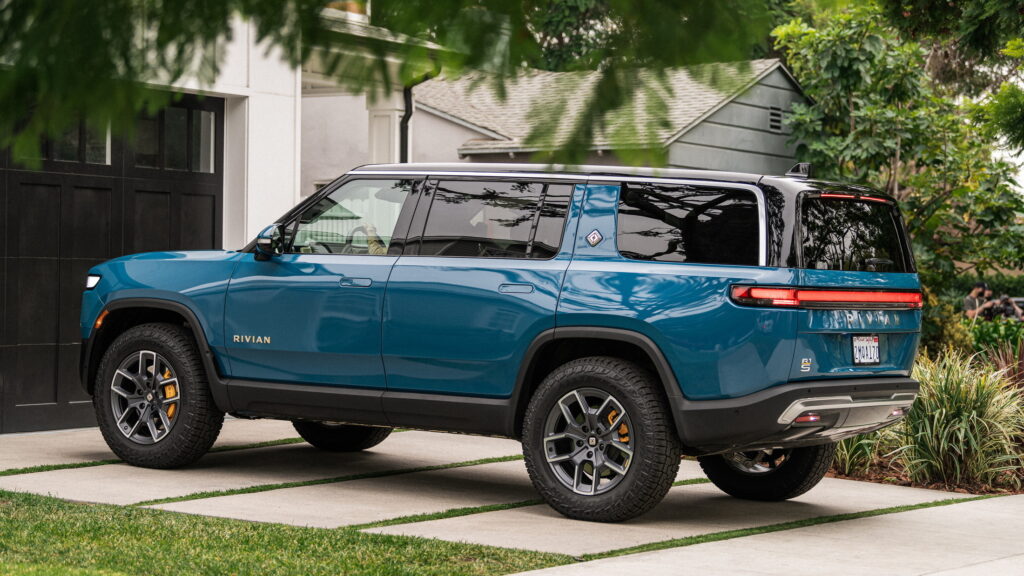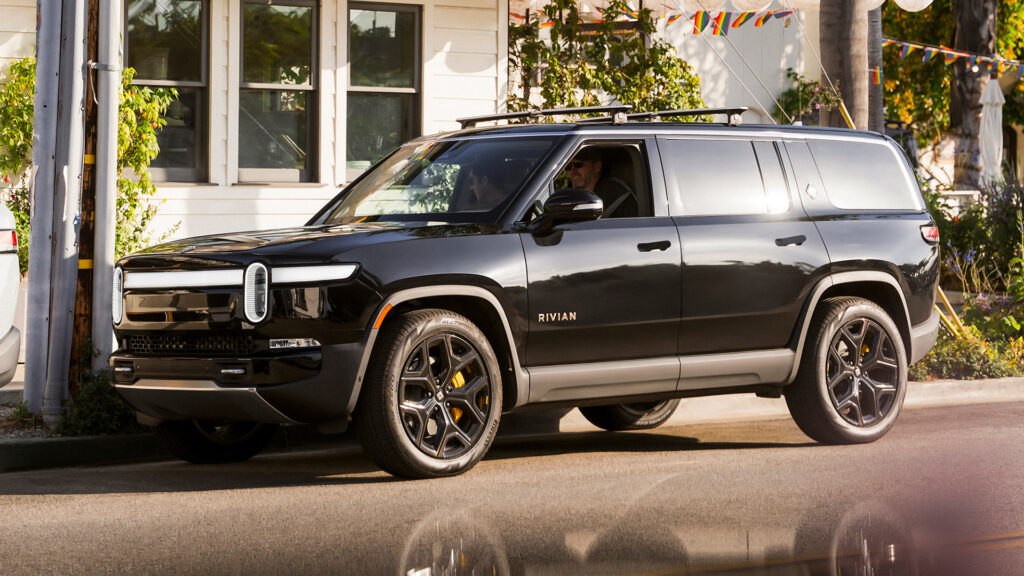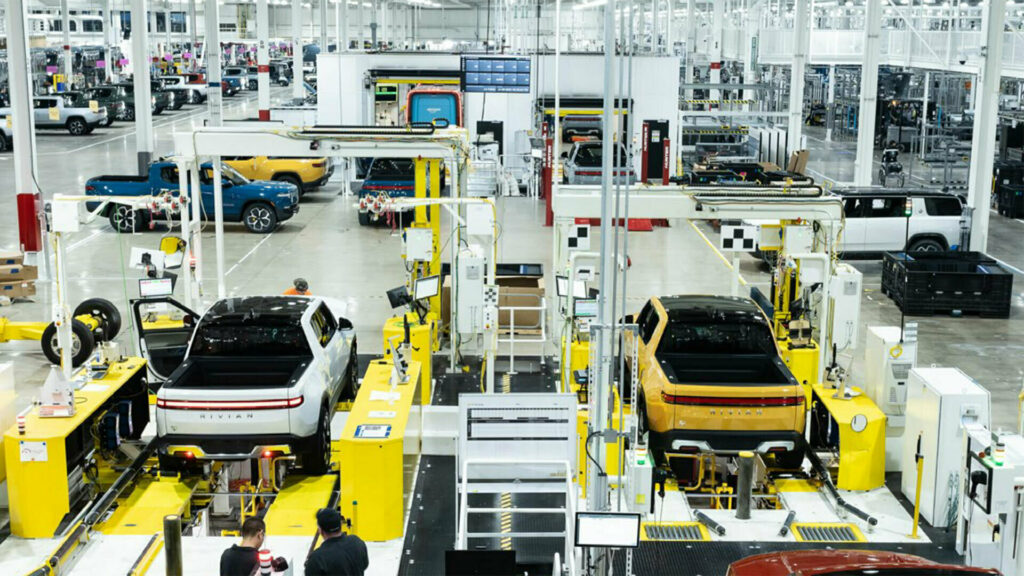Rivian is just weeks away from unveiling its long-awaited R2 series of models, but the brand’s shares have tumbled 17% after the electric automaker revealed that it will cut its salaried workforce by 10% and expects to produce far fewer EVs this year than analysts had expected.
During the company’s fourth-quarter earnings call on Wednesday, Chief Executive R.J. Scaringe stated that the job cuts would be implemented amid what he described as “challenging macro-economic conditions,” including higher interest rates that lead to pricier monthly vehicle payments.
“Our business is not immune to existing economic and geopolitical uncertainties, most notably the impact of historically high interest rates, which has negatively impacted demand,” Scaringe said.
However, the CEO reiterated the company’s commitment to the full electrification of the automotive industry. The reduction in the workforce is aimed at helping Rivian save money and follows similar cuts made in both 2023 and 2022.
Rivian reported a fourth-quarter net loss of $1.52 billion, showing progress from the $1.72 billion loss recorded in the corresponding quarter of the previous year.
Read: What Is Rivian Doing With These Camo’d R1T Prototypes?

The company expects to build 57,000 vehicles this year, the same number of EVs that it managed to produce throughout 2023. According to Reuters, analysts had anticipated the brand to manufacture over 81,000 vehicles in 2023.
Rivian also projected an adjusted loss before interest, taxes, depreciation, and amortization of $2.7 billion this year, partly attributed to the impact of historically high interest rates. Additionally, it plans a production shutdown lasting several weeks in 2024 to upgrade its production line, aiming to enhance efficiency and reduce costs.
The upcoming R2 is poised to become the electric startup’s pivotal model in the years ahead. It will be underpinned by a new platform with 60% fewer ECUs and a 25% shorter wiring harness compared to the R1T and R1S. Further technical specifications will remain undisclosed until the vehicle’s unveiling on March 7.
“R2 represents the essence of our brand while targeting the significant midsize SUV segment, a massive market with limited compelling EV options beyond Tesla,” Scaringe said during Wednesday’s earnings call, according to Autonews.
While we will soon see the new R2 in the flesh, it will be quite some time until they reach the hands of customers. Production won’t start until 2026 at a new $5 billion factory that Rivian is building in the U.S. state of Georgia. The carmaker will therefore have to rely on sales of the R1S and R1T to keep funds rolling in for the next two years or so and is unlikely to experience a large increase in production until the R2 arrives.




